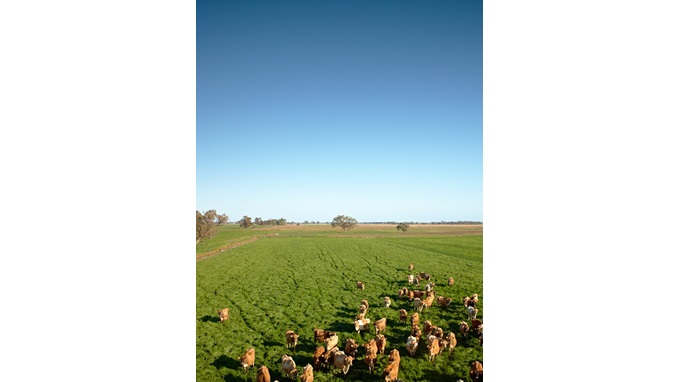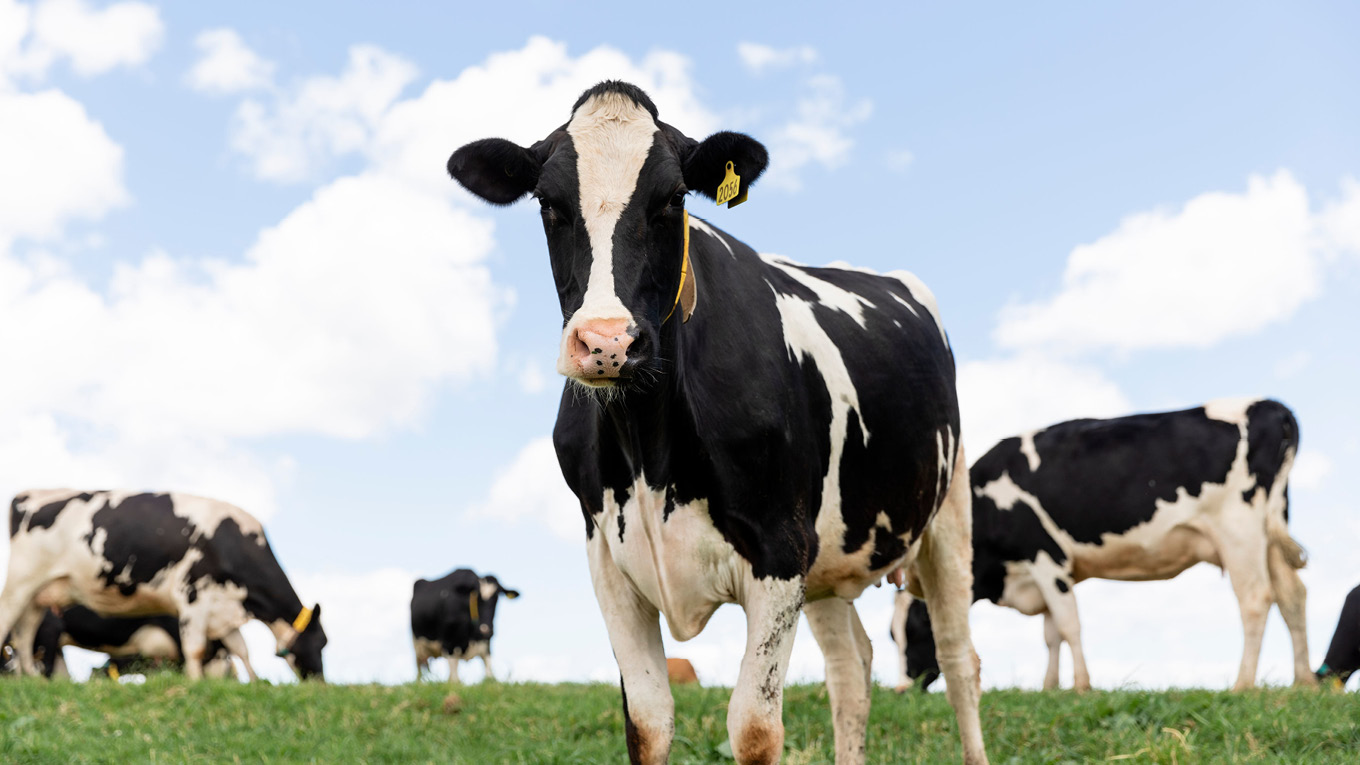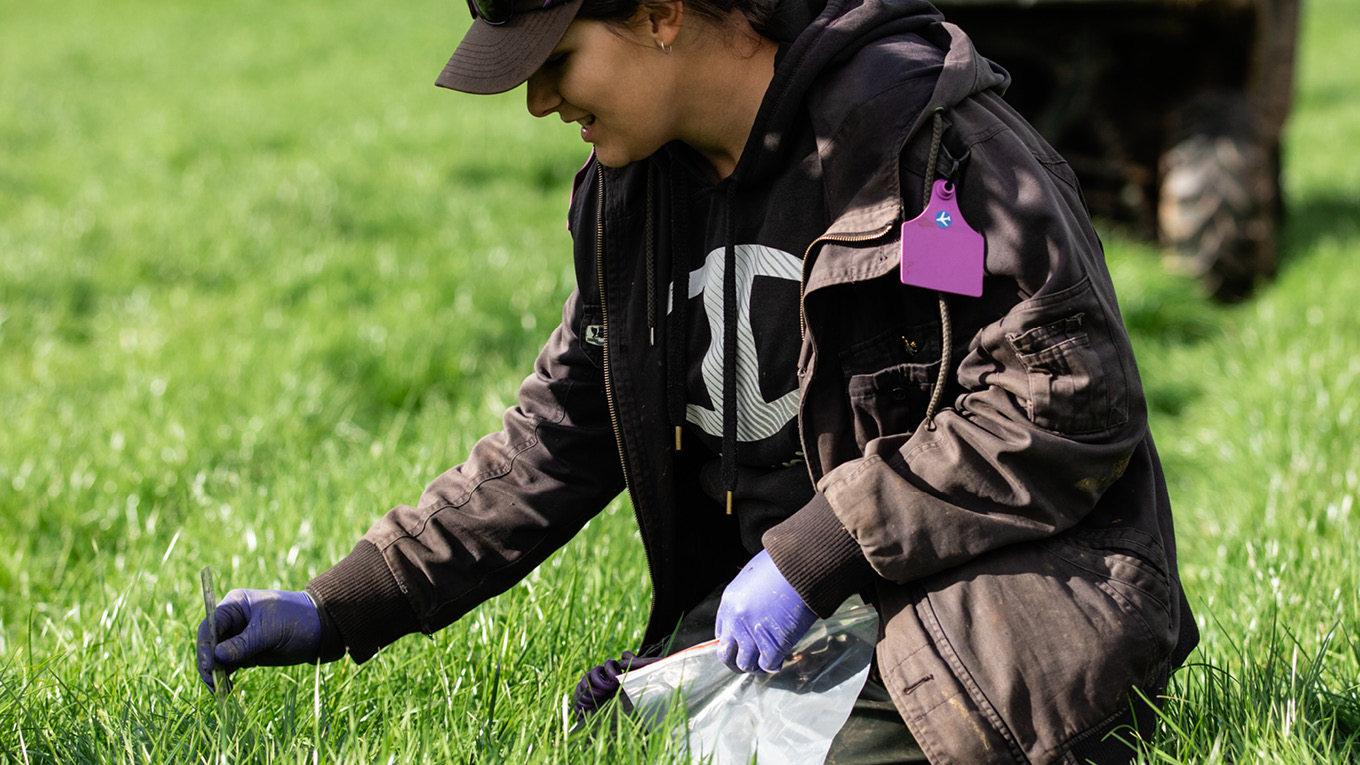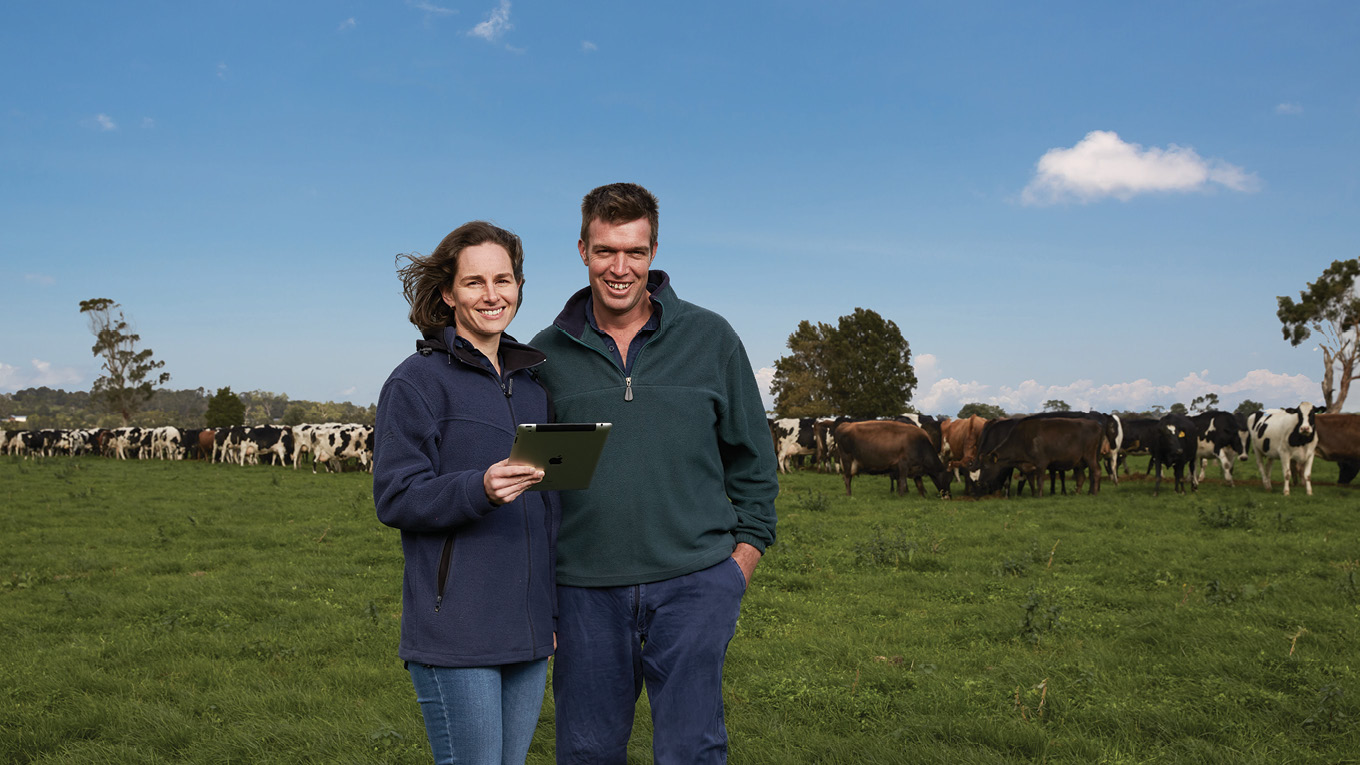Irrigation
Irrigation is a significant part of many dairy farming systems. The 2019 Dairy Australia Feedbase survey found a total of 55% of dairy farmers irrigate an average of 64% of the milking platform.
The purpose of irrigation is to provide the right amount of water to plants for optimum growth. Irrigation management ensures the right amount of water is applied at the right time to achieve optimum plant growth. Achieving the right amount and timing of irrigation events can lead to significant improvements in productivity and water use efficiency, particularly the amount of tonnes of dry matter per megalitre of water applied (t DM/ML).
There are many technologies which can help irrigators make good decisions about the right amount and timing of irrigation applications. Some of these tools are being used and tested in the Smarter Irrigation for Profit project.
Amount and timing of irrigation applications
Best management practice in irrigation includes regular monitoring of soil moisture levels throughout the irrigation season. Adopting and using long term soil moisture monitoring helps achieve optimum water use for maximum crop and pasture yields.
In addition to using soil moisture monitors, adopting a soil water deficit approach rather than a fixed frequency and amount approach to irrigation scheduling can assist in improving productivity and water use efficiency. This soil water deficit approach is simply based on a water balance calculation, with the amount of irrigation required being equal to the amount of soil water deficit.
The following simplified water balance calculation gives an estimate of the amount of irrigation water required assuming the area to be irrigated was at field capacity (no deficit) on the previous day:
Current soil water deficit (or irrigation required in mm/d) = reference evapotransiration (ETo mm/d) – rainfall (mm).
Where the rainfall amount is greater than the readily available water (RAW) for the soil type and plant species, rainfall is lost as run-off or infiltration below the root zone. Using the soil water deficit method the total number of days before irrigation is required again is RAW/ETo. At this point, the soil moisture will be at the refill point.
For example: if Rainfall = 30mm, but RAW for the soil type and crop type is 24mm, only 24mm will be held in the soil and easily accessed by the plant for growth. If ETo for the crop type is 6mm/day, with no further rainfall, in 4 days irrigation will be required.
This simple method is a good starting point for irrigators who are currently not using a scheduling tool to plan their irrigation requirements.
Maintaining the soil moisture levels in the RAW zone is important to enable the plant to easily extract the water from the soil.
Readily available water
RAW is influenced by soil type and plant type. It is the amount of water that a plant can easily extract from the soil. The high water level is called "field capacity" — the point at which adding more water to the soil will cause losses as either runoff across the soil surface or infiltration below the effective root zone.
The low water level is called the "refill point". If soil moisture levels fall below this, the plant needs to use more energy to extract the remaining water in the soil. Hence, soil moisture levels for optimum plant production should be maintained in the RAW zone, between the field capacity and the refill point.
Knowing the RAW for the soil and plant type provides an estimation of the amount of water that can be applied at any one time without wasting water through runoff across the soil surface or infiltration below the root zone.
Downloads
-
Precision dairy technology Soil Moisture MonitoringPDF, 161.29 KB



